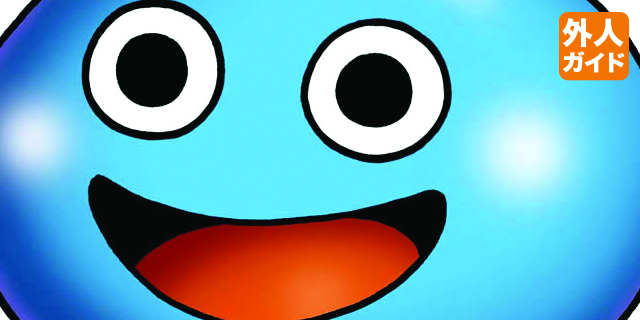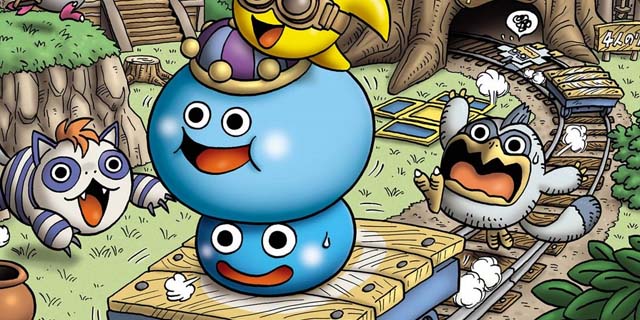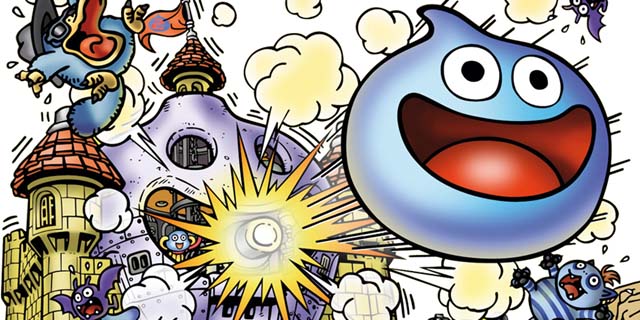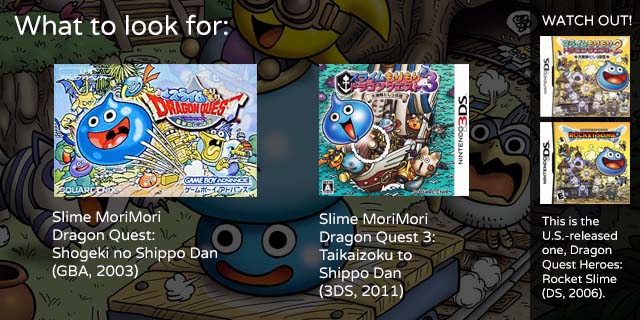
Ah, the venerable Slime. The Dragon Quest monster is sometimes a mascot and sometimes a foe, but more often than not it’s something to be trampled and overrun with superior force. It’s rare when the happy little blob gets a position of honor or prestige. When it happens, though? It’s called Rocket Slime, and it’s magical. And in Japan, it’s a franchise.
Known as Slime MoriMori Dragon Quest (スライムもりもりドラゴンクエスト) in Japan, the series follows a blue Slime with a stretchy body and a thirst for adventure. In each installment, he sets off to rescue his friends and neighbors from Platypunks and other rivals. The top-down exploration may feel reminiscent of Zelda initially, but its style is more free-form and casual than Link’s puzzle-solving precision. You take down foes with your stretch attacks, meaning combat is a lot about anticipation and creating space for yourself, and bosses can challenge those goals. Along the way, you collect stuff, from enemies to weapons and random objects, and get them back to town by sending them down the train tracks.
For the first game, released on the Game Boy Advance in 2003, that was it. Collection is fun, but without a marketable gameplay hook, it makes some sense that it missed a Western release. The second game, the one released in English, added just what it needed: tanks! Now, collecting things wasn’t just for its own sake; each item could be used as ammunition in one-on-one tank battles, with different damage values, speeds and effects.

Import File:
Rocket Slime
Released in U.S.: Dragon Quest Heroes: Rocket Slime (DS, 2006)
Not released in U.S.: Slime MoriMori Dragon Quest: Shōgeki no Shippo Dan (GBA, 2003), Slime MoriMori Dragon Quest 3: Taikaizoku to Shippo Dan (3DS, 2011)
Developer: Tose
Publisher: Square Enix
Language barrier: Minimal. You may get tripped up on the third game’s side quests to get special items, but main objectives are typically straightforward.
It became your job to gather these from around your tank and throw them in your cannons to launch them, eventually breaking the enemy defenses and marching inside to attack the engine and finish it off for good. The friends you rescue? Those became your computer-controlled crew, each with special abilities and roles. It wasn’t that simple, though: you could also launch yourself and your crew at the enemy, and if nothing blocked the path, you could get behind enemy lines and disrupt things.
So what could go wrong? As is the case with many Tose releases (including Gaijin Guide’s patron saint, Starfy), most people in the West simply didn’t buy it. So the series went quiet for a while, only to reappear in 2011 on the 3DS. This one echoed the gameplay of the second title, but with one main change: instead of fighting tanks, you took to the high seas, engaging in ship battles. Yes, you were now pirates, sailing around a suspiciously-Earth-like world and docking at various levels to gather supplies, treasures and ship parts. Pirates, people! We didn’t get a game about pirate ship battles. Two years later, there’s little hope of a localization, and it’s unfortunate given the 3DS’ region-locked status.

What makes the Rocket Slime formula so successful is its charm. It’s just so unrelentingly joyful even in the biggest boss battles, and the feeling is infectious. Gathering all of the enemies and items is totally manageable and doing so feels rewarding, especially when it means one more option for battles. It’s never particularly difficult, except for in the later cannon fights, but it’s not quite a Kirby-like cakewalk either. Still, that appeal is similar: both brightly-colored happy blobs know how to bring the glee.
If you haven’t played the DS game, you’re missing out, since its localization is filled with silly puns and other ridiculousness that fits the game magnificently. That’s the biggest shame of the situation; hardware limitations aside, the formula is perfectly playable in another language. It’s just not quite as charming with that barrier in place.
Still, there’s nothing else like Rocket Slime out there. At times, it feels like StarTropics. At times, it feels like Awesomenauts. At times, it feels like Banjo-Kazooie. All of the time, it feels like a Tose game, one that wants to break out of the usual mold and just be silly for a while.

It’s a lesson more games should learn, if it weren’t also saddled with a cautionary tale. Make games more interesting and fun without worrying about precise challenge or serious narrative, and the result is a better game! And very few people will buy it. Dragon Quest already has trouble outside Japan, though, and this sort of game that celebrates the series’ quirks may have been a few steps behind to begin with.
Here’s one lesson we can take away without committing retail suicide, though: making collection aspects of games more than just a slowly-increasing number can be incredibly compelling. Once these bombs and pots and friends came along with you for the fight, the monotony disappeared, and when exploring the furthest reaches of an area meant better ammo or one more battle to discover, making sure you got everything wasn’t about filling up the checklist.
Have you played Rocket Slime? Do you have suggestions for a future Gaijin Guide? Are you too busy thinking about how cool it would be to sail around on a pirate ship? Let us know in the comments!



















